当前位置:网站首页>【C语言】指针笔试题
【C语言】指针笔试题
2022-07-04 13:08:00 【平凡的人1】
作者:@平凡的人1
专栏:《C语言从0到1》
一句话:凡是过往,皆为序章
说明: 过去无可挽回, 未来可以改变
简单回顾一下,我们上一篇的内容:主要介绍了指针与数组笔试题目。这一篇,我们继续趁热打铁,主要介绍——8道指针笔试题,不说多的,直接开整
第一题
#include <stdio.h>
int main()
{
int a[5] = {
1, 2, 3, 4, 5 };
int* ptr = (int*)(&a + 1);
printf("%d,%d", *(a + 1), *(ptr - 1));
return 0;
}
代码解析:
#include <stdio.h>
int main()
{
int a[5] = {
1, 2, 3, 4, 5 };
int* ptr = (int*)(&a + 1);
//&a取出的是整个数组,&a+1既跳过了整个数组
printf("%d,%d", *(a + 1), *(ptr - 1));//2,5
//*(a+1)就是第二个元素2,*(ptr-1)就是第5个元素
return 0;
}
第二题
#include <stdio.h>
//涉及到结构体内存对齐问题,结构体大小为20个字节
struct Test
{
int Num;
char* pcName;
short sDate;
char cha[2];
short sBa[4];
}*p;
//假设p 的值为0x100000。 如下表表达式的值分别为多少?
int main()
{
printf("%p\n", p + 0x1);
printf("%p\n", (unsigned long)p + 0x1);
printf("%p\n", (unsigned int*)p + 0x1);
return 0;
}
代码解析:
#include <stdio.h>
//涉及到结构体内存对齐问题,结构体大小为20个字节
struct Test
{
int Num;
char* pcName;
short sDate;
char cha[2];
short sBa[4];
}*p;
//假设p 的值为0x100000。 如下表表达式的值分别为多少?
int main()
{
printf("%p\n", p + 0x1);//0x10014
//p是结构体,结构体大小为20个字节,对于16进制来说,20相当于14
//所以结果为0x100014
printf("%p\n", (unsigned long)p + 0x1);//0x100001
//p被强制转换成为了unsigned long类型,结果为0x100001
printf("%p\n", (unsigned int*)p + 0x1);//0x100004
//无符号整型指针+1跳过一个整型变量
//相当于+4
return 0;
}
我们不妨来试一试运行的结果:深度还原成题目
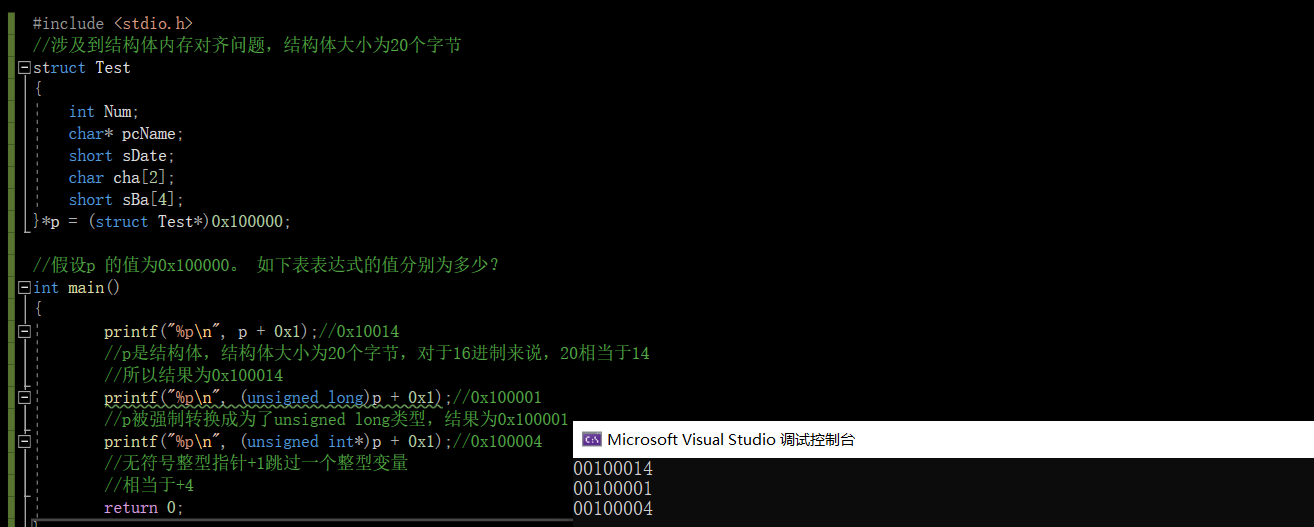
第三题
#include <stdio.h>
int main()
{
int a[4] = {
1, 2, 3, 4 };
int* ptr1 = (int*)(&a + 1);
int* ptr2 = (int*)((int)a + 1);
printf("%x,%x", ptr1[-1], *ptr2);
return 0;
}
代码解析:
#include <stdio.h>
int main()
{
int a[4] = {
1, 2, 3, 4 };
//假设以小端存储方式
//01 00 00 00 02 00 00 00 03 00 00 00 04 00 00 00
int* ptr1 = (int*)(&a + 1);
//&a+1相当于跳过了整个数组,到达了4之后的位置,然后强制转化成int*
//ptr1也指向那里
int* ptr2 = (int*)((int)a + 1);
//这里的a被强制转化成int型,整型+1就是+1,差了一个1就1个字节
//然后又被强转为int*,所以ptr2指向第一个元素的第二个字节位置处,与第一个元素差一个字节
//ptr2是一个整型指针
printf("%x,%x", ptr1[-1], *ptr2);//4,2000
//ptar[-1]可以理解为*(ptr1+(-1)),又ptr1是整型指针4个字节,-1跳到0x 00 00 00 04
//对ptr2解引用后向后访问4个字节,又以%x打印,所以是0x 02 00 00 00
return 0;
}
方便理解,画个图:

可能有人不信,看一下运行结果:

第四题
#include <stdio.h>
int main()
{
int a[3][2] = {
(0, 1), (2, 3), (4, 5) };
int* p;
p = a[0];
printf("%d", p[0]);
return 0;
}
代码解析:
仔细看数组,里面的内容是()而不是{},这说明了这是一个逗号表达式,所以相当于数组里面放了1,3,5
所以实际上二维数组存储的元素是:
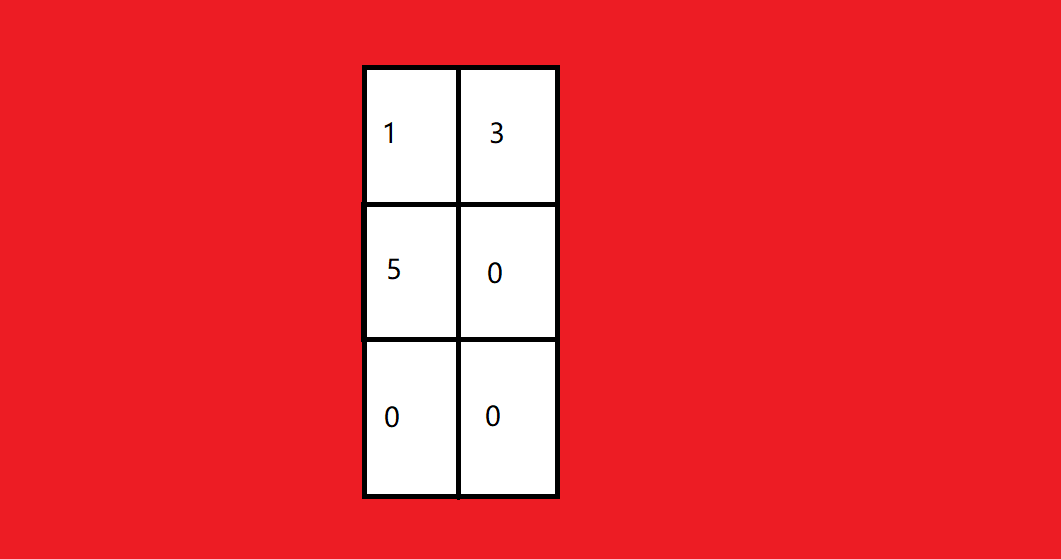
#include <stdio.h>
int main()
{
int a[3][2] = {
(0, 1), (2, 3), (4, 5) };
int* p;
p = a[0];
//a[0]代表首元素地址,就是1的地址
printf("%d", p[0]);//1
//p[0]可以看作*(p+0)就是1
return 0;
}
运行一下结果:

这道题本身并不难,比较坑,我们要知道逗号表达式,知道实际上二维数组存放的元素是什么,这是解题的关键之处
第五题
#include <stdio.h>
int main()
{
int a[5][5];
int(*p)[4];
p = a;
printf("%p,%d\n", &p[4][2] - &a[4][2], &p[4][2] - &a[4][2]);
return 0;
}
代码解析:
为了方便大家的理解,画了个图:
对于a[4][2]:

对于p:
p被赋值为a,a是数组名首元素地址,就是a[0],但是a[0]是5个元素地址,但是p却是4个元素地址。类型存在差异.我们画图来理解p是怎么一回事:

p[4][2]:(就是黄色区域)

回到题目,指针-指针得到的是元素的个数,然后呢?一张图解决这道题:
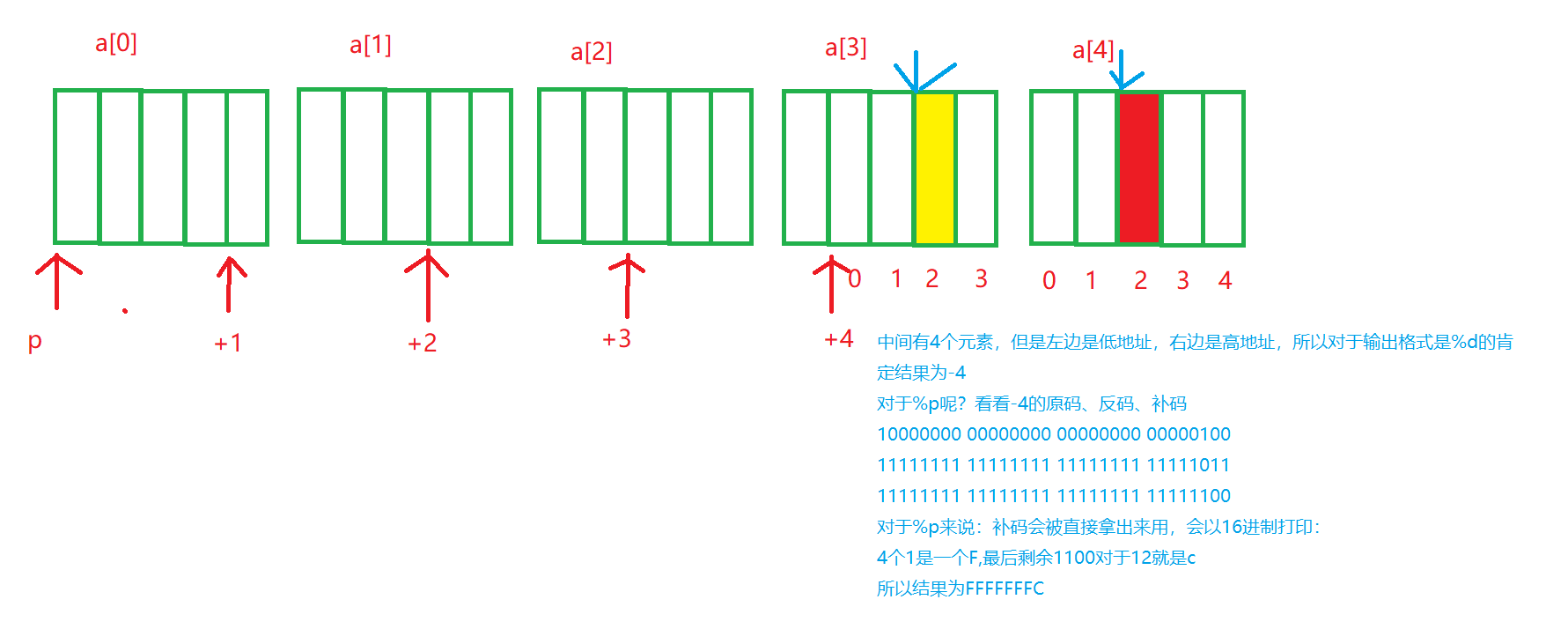
我们不妨来看看运行结果:

第六题
#include <stdio.h>
int main()
{
int aa[2][5] = {
1, 2, 3, 4, 5, 6, 7, 8, 9, 10 };
int* ptr1 = (int*)(&aa + 1);
int* ptr2 = (int*)(*(aa + 1));
printf("%d,%d", *(ptr1 - 1), *(ptr2 - 1));
return 0;
}
通过上面的练习之后,如果你真的彻底理解完之后,这道题就比较容易理解了:
对于二维数组:
1 2 3 4 5
6 7 8 9 10
为了方便理解,还是画图:
对于ptr1来说:

对于ptr2:
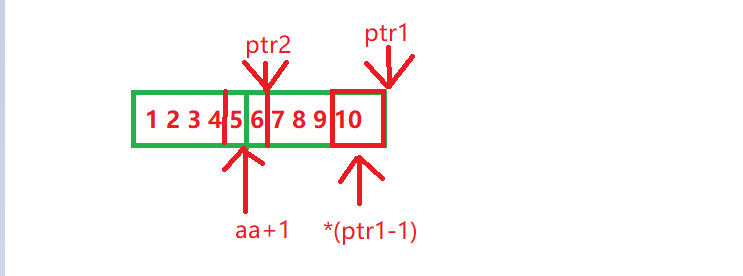
#include <stdio.h>
int main()
{
int aa[2][5] = {
1, 2, 3, 4, 5, 6, 7, 8, 9, 10 };
int* ptr1 = (int*)(&aa + 1);
int* ptr2 = (int*)(*(aa + 1));
printf("%d,%d", *(ptr1 - 1), *(ptr2 - 1));//10,5
return 0;
}
测试运行结果:
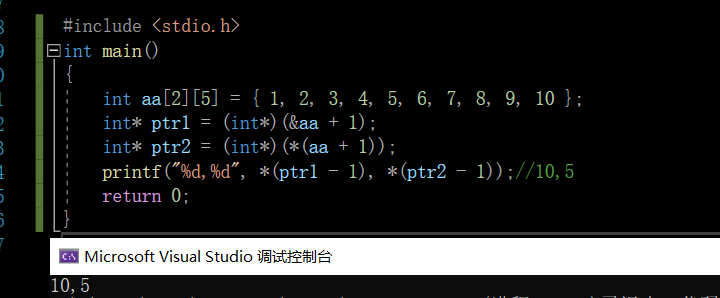
第七题
#include <stdio.h>
int main()
{
char *a[] = {
"work","at","alibaba"};
char**pa = a;
pa++;
printf("%s\n", *pa);
return 0;
}
这道题画图比较好理解:
对于a来说:
对于pa来说: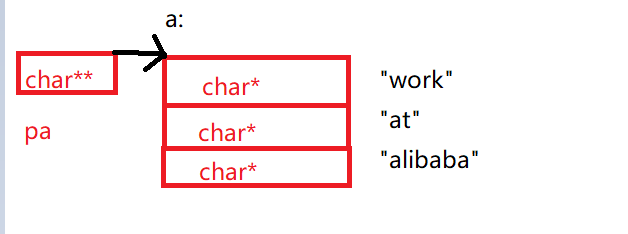
pa++就是指向下一位,指向at的位置,所以打印出来的结果为at
测试运行一下结果: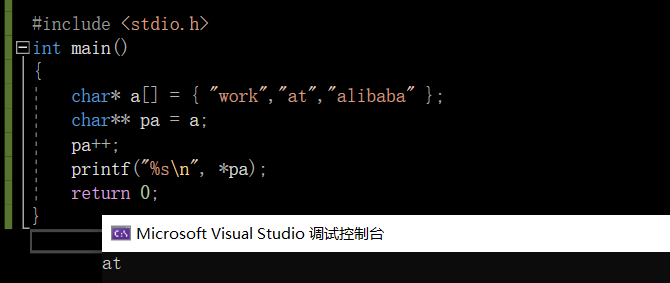
第八题
int main()
{
char *c[] = {
"ENTER","NEW","POINT","FIRST"};
char**cp[] = {
c+3,c+2,c+1,c};
char***cpp = cp;
printf("%s\n", **++cpp);
printf("%s\n", *--*++cpp+3);
printf("%s\n", *cpp[-2]+3);
printf("%s\n", cpp[-1][-1]+1);
return 0;
}
这道题是真的有趣,真的有趣
前面三句代码有点小乱,建议画图分析一下过程:
代码解析:
*++cpp:第一次,++cpp指向c+2,c+2指向point地址,第二*得到point
*–*++cpp+3:++cpp指向c+1的地址,解引用找到c+1,–就把c+1变成了c,c指向ENTER的地址,在解引用,得到ENTER,+3就是ENTER第三个位置开始,得到ER。
*cpp[-2]+3:相当于* *(cpp-2)+3.首先我们要知道经过前面两个前置++之后,cpp指向了第3个元素的地址,现在-2相当于打回原形,指向cp第一个元素的地址,第一次解引用指向c+3,在一次解引用得到FIRST,+3指向ST,所以结果为ST
cpp[-1][-1]+1:相当于*(*(cpp-1)-1)+1:上面的那次并没有自增自减,所以还是第三个元素的地址,cpp-1指向第二个元素的地址,解引用得到c+2,-1得到c+1,c+1就是NEW的地址,在解引用得到NEW,+1得到EW。
至此,这个代码的解析就到这里结束了
我们可以来测试运行一下结果: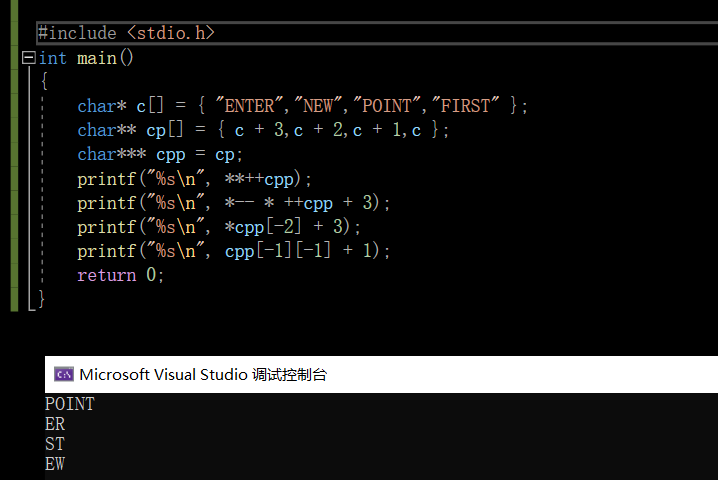
总结
实际上,如果我们对指针的知识有了基础之后,这些就是水到渠成,这上面八道题目的练习,更是让你锦上添花,如虎添翼,训练并巩固了C指针的核心知识点,让我们对指针有了更深层次的认知。
**同时,我们要知道:对于指针的一些题目,我们要善于画图,画图是解决问题关键的一步,这是我们所必须具备的,这是关键步骤,不要忽视了画图!**

边栏推荐
- MATLAB中tiledlayout函数使用
- flink sql-client. SH tutorial
- Detailed index of MySQL
- (1)性能调优的标准和做好调优的正确姿势-有性能问题,上HeapDump性能社区!
- Data warehouse interview question preparation
- Xcode 异常图片导致ipa包增大问题
- Leetcode t47: full arrangement II
- 【MySQL从入门到精通】【高级篇】(五)MySQL的SQL语句执行流程
- R language uses dplyr package group_ The by function and the summarize function calculate the mean and standard deviation of the target variables based on the grouped variables
- 流行框架:Glide的使用
猜你喜欢
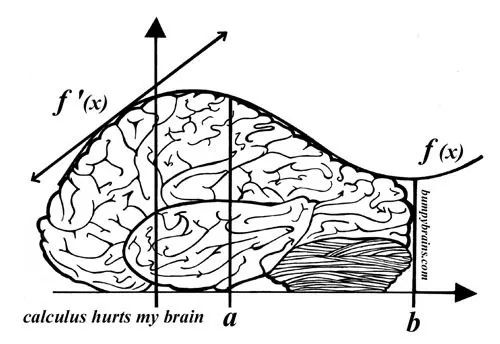
PyTorch的自动求导机制详细解析,PyTorch的核心魔法
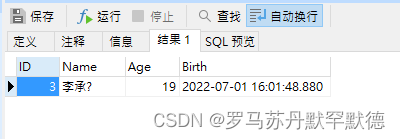
Sqlserver functions, creation and use of stored procedures

Count the running time of PHP program and set the maximum running time of PHP
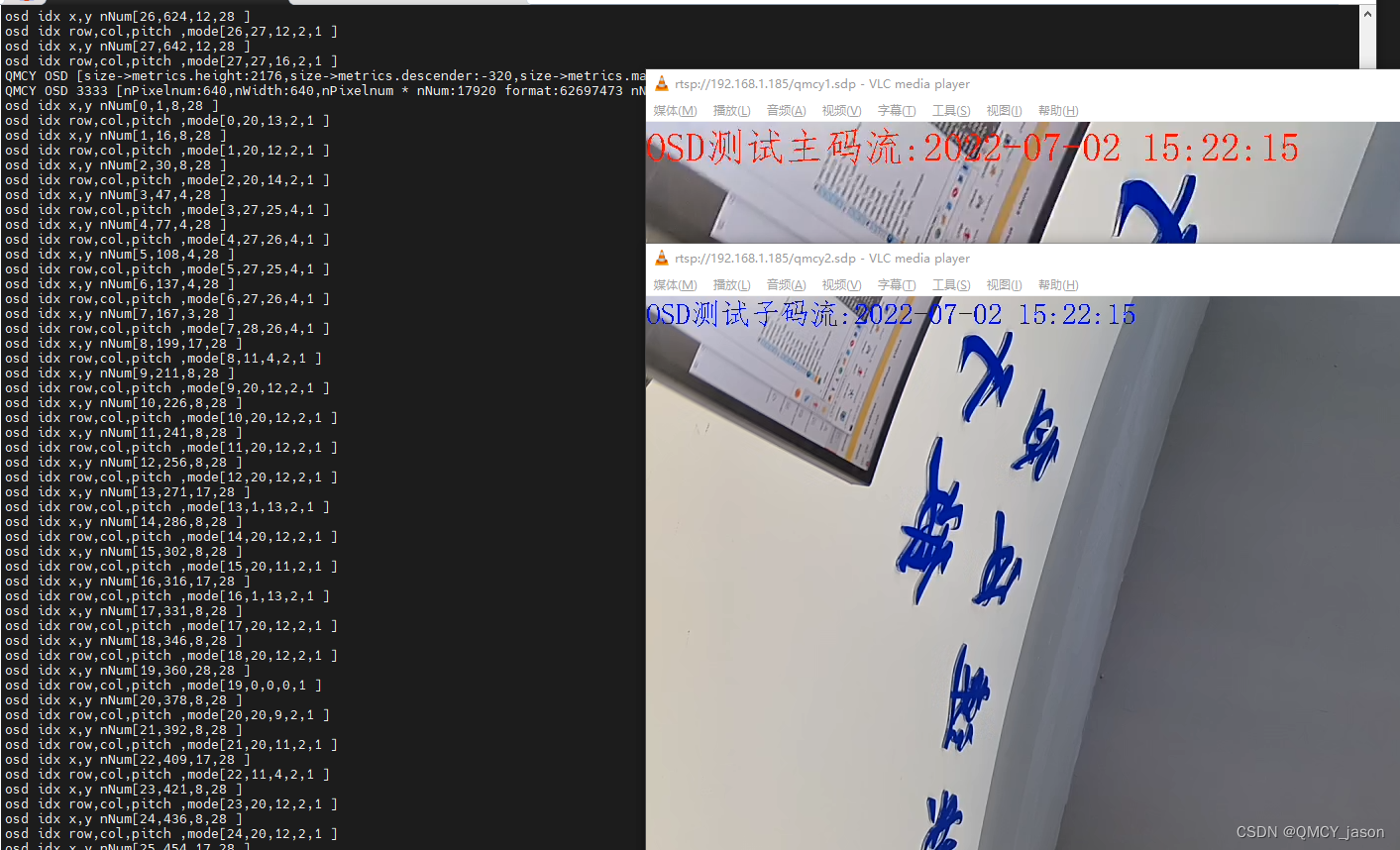
RK1126平台OSD的实现支持颜色半透明度多通道支持中文

商业智能BI财务分析,狭义的财务分析和广义的财务分析有何不同?
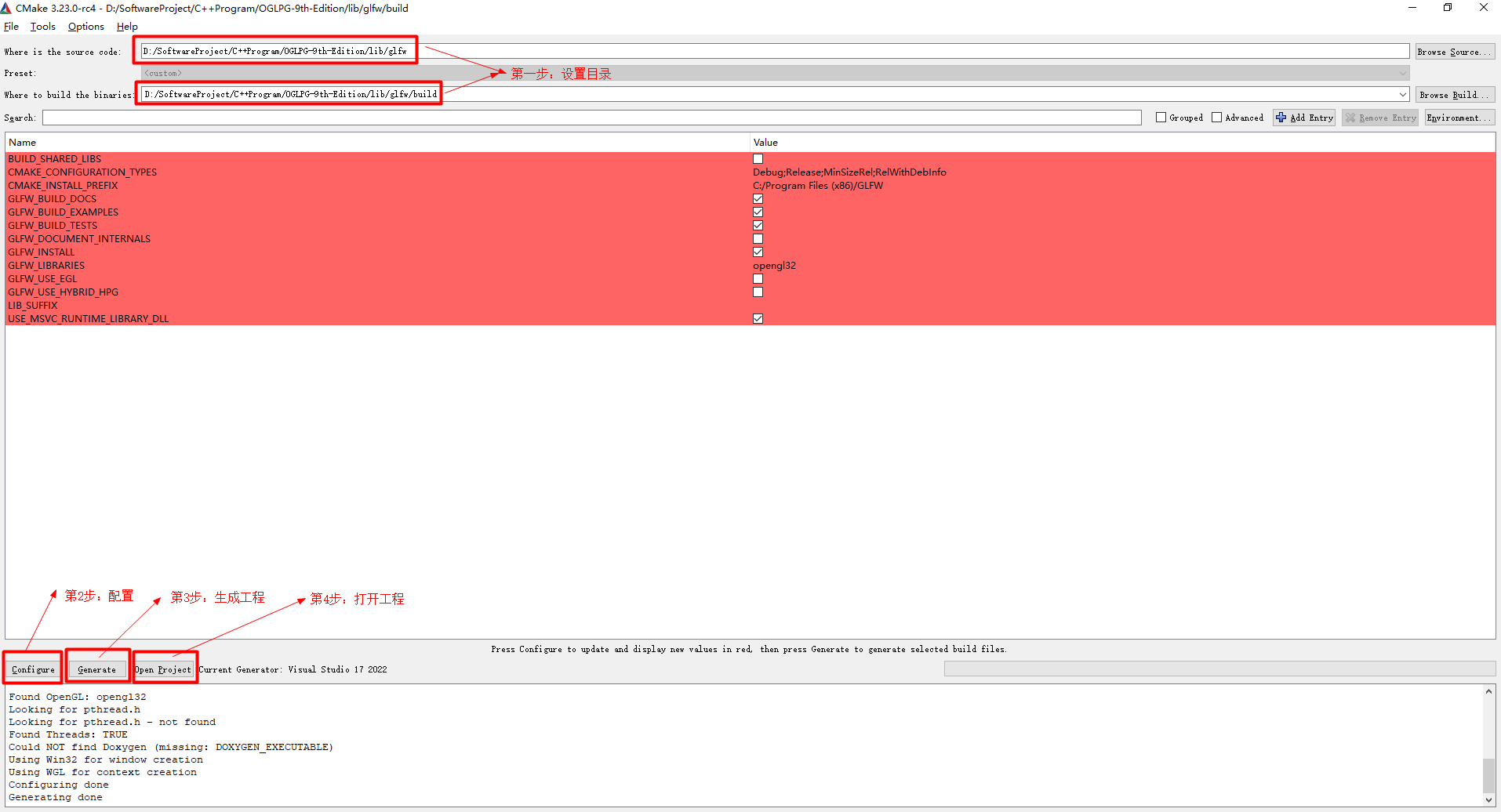
使用CLion编译OGLPG-9th-Edition源码

scratch古堡历险记 电子学会图形化编程scratch等级考试三级真题和答案解析2022年6月
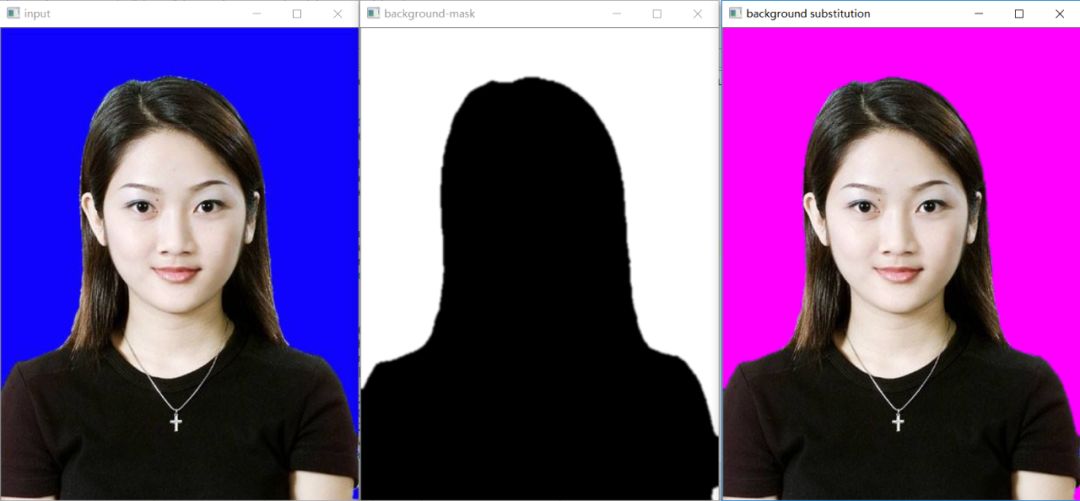
Practical puzzle solving | how to extract irregular ROI regions in opencv
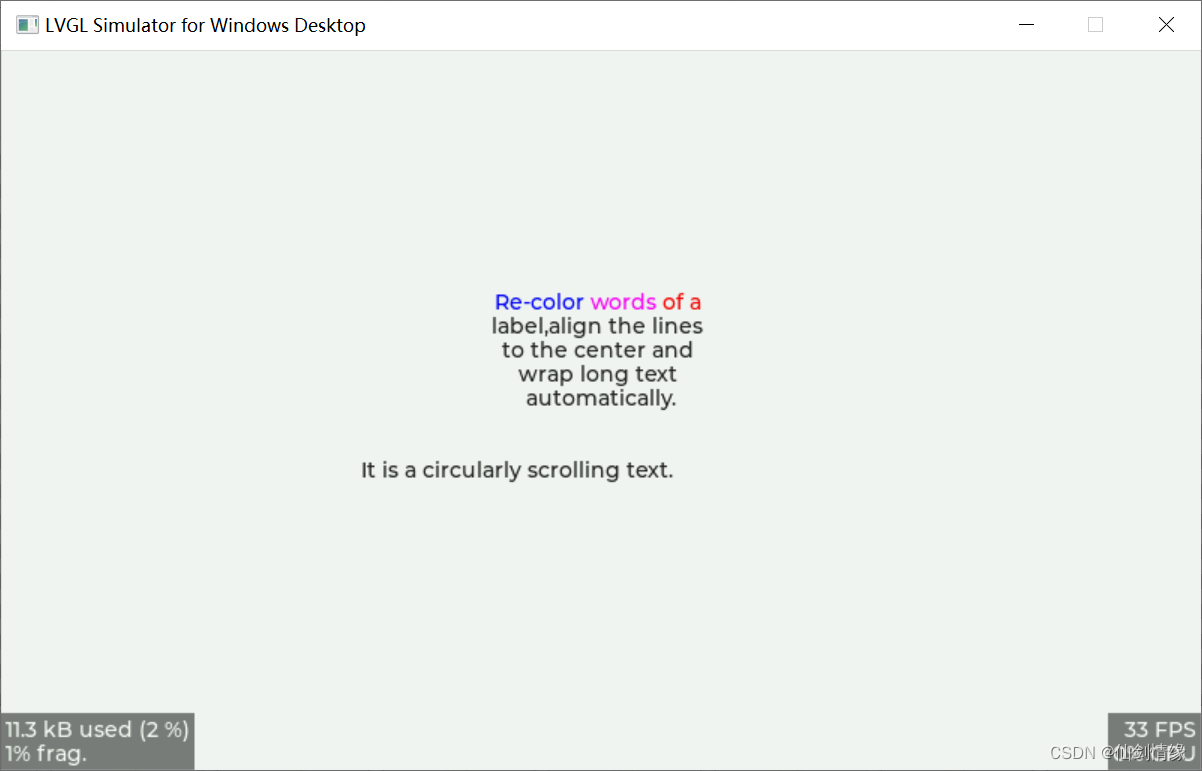
LVGL 8.2 Line wrap, recoloring and scrolling

flink sql-client. SH tutorial
随机推荐
Detailed analysis of pytorch's automatic derivation mechanism, pytorch's core magic
NowCoder 反转链表
Abnormal value detection using shap value
2022 game going to sea practical release strategy
gin集成支付宝支付
sql优化之explain
开发中常见问题总结
R language uses dplyr package group_ The by function and the summarize function calculate the mean and standard deviation of the target variables based on the grouped variables
Talk about 10 tips to ensure thread safety
leetcode:6109. 知道秘密的人数【dp的定义】
(1) The standard of performance tuning and the correct posture for tuning - if you have performance problems, go to the heapdump performance community!
LVGL 8.2 text shadow
C # WPF realizes the real-time screen capture function of screen capture box
基于51单片机的超声波测距仪
一种架构来完成所有任务—Transformer架构正在以一己之力统一AI江湖
LiveData
Detailed index of MySQL
Explain of SQL optimization
LVGL 8.2 Line
Sqlserver functions, creation and use of stored procedures